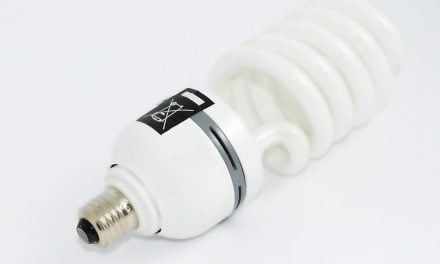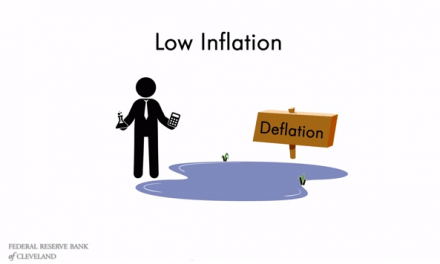Rents will continue to rise quickly in the coming years, according to a Zillow survey of housing experts. The report claims the high cost of renting — particularly in desirable urban areas where rental supply is limited — has many renters considering a leap into homeownership. With mortgage rates still low and rents escalating beyond the reach of stagnant incomes each year, a fixed mortgage payment sounds like a good deal.
In fact, in Los Angeles, San Francisco and San Diego, the average share of income spent on rent exceeds 40%. It’s not surprising renters in these areas are frustrated.
However, most of these renters can’t yet qualify to become homeowners. And if they do qualify, it often comes at the added expense of mortgage insurance.
It’s a vicious cycle, beginning with a supply of rental housing insufficient to keep up with demand, signified by a low rental vacancy rate. Rentals become a hot commodity, causing rents to rise. Where renters would otherwise be saving, they are forced to pour much of their income into making rent.
Since 2007, California has seen a higher rate of renter formations than new homeowner formations. This explains the low rental vacancy rate. Renters have been entering the market more quickly than builders are able to build. Of course, if local planning boards loosened up on zoning regulations to make room for more rental units, the rent crunch would solve itself. In turn, renters would see more room open up in their budget for saving up for their first home purchase.
For instance, when your housing costs are one-third or less of your total income, you have financial room to save for a down payment, if you choose. However, when the average household is spending upwards of 40% of their income on rent, saving is out of the budget. The average personal savings rate has slowly declined from a peak of over 12% in the 1970s to 4.6% at the end of 2014. At this rate of saving, it takes the average household over a decade to save up for a full 20% down payment.
In the meantime, renters will still become homeowners; they will just do it with smaller down payments. Fannie Mae and Freddie Mac recently announced they will accept down payments as low as 3%. That’s helpful to those encumbered by high rents, allowing them to become homeowners more quickly. However, with a low down payment comes the high cost of mortgage insurance. In turn, homebuyer purchasing power is reduced, as less of their monthly payment goes toward principal, and they qualify for smaller mortgage amounts.
In other words, buyers who prematurely turn to homeownership to relieve the financial pressure of renting simply spread the high cost of housing over 30 years of principal, interest, taxes and insurance, instead of a few hundred dollars of extra rent each month. In the interim, their reduced purchasing power puts downward pressure on housing prices.
The long-term fix is to update zoning laws to allow cities to accommodate more renters, and renters to accumulate more savings. Until that happens, expect rents to continue eating a huge chunk out of incomes and potential home sales.















Regarding the comment about stable rent. There was a typo.
During the 1990 Savings & Loan crisis I undertook a study on local rents. The study produced several points of interest. Housing prices may fall off the cliff but rents remained unaffected. Looking into to this phenomena there were two main factors that stabilized rents. The first was U.S. Department of Housing and Urban Development (HUD) and second was the local Rent Control Ordinance. Rents were established using HUD Section 8 parameters. Rent increases remained stable based on the current Rent Control Ordinance. This remained constant even when supply fluctuated.
During the 1970 Savings & Loan crisis I undertook a study on local rents. The study produced several points of interest. Housing prices may fall off the cliff but rents remained unaffected. Looking into to this phenomena there were two main factors that stabilized rents. The first was U.S. Department of Housing and Urban Development (HUD) and second was the local Rent Control Ordinance. Rents were established using HUD Section 8 parameters. Rent increases remained stable based on the current Rent Control Ordinance. This remained constant even when supply fluctuated.